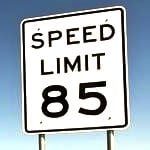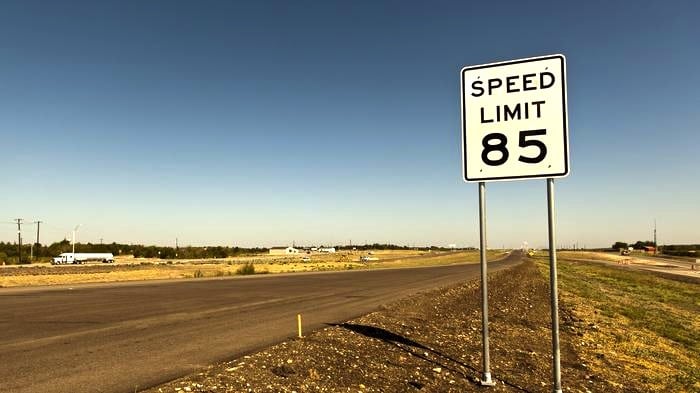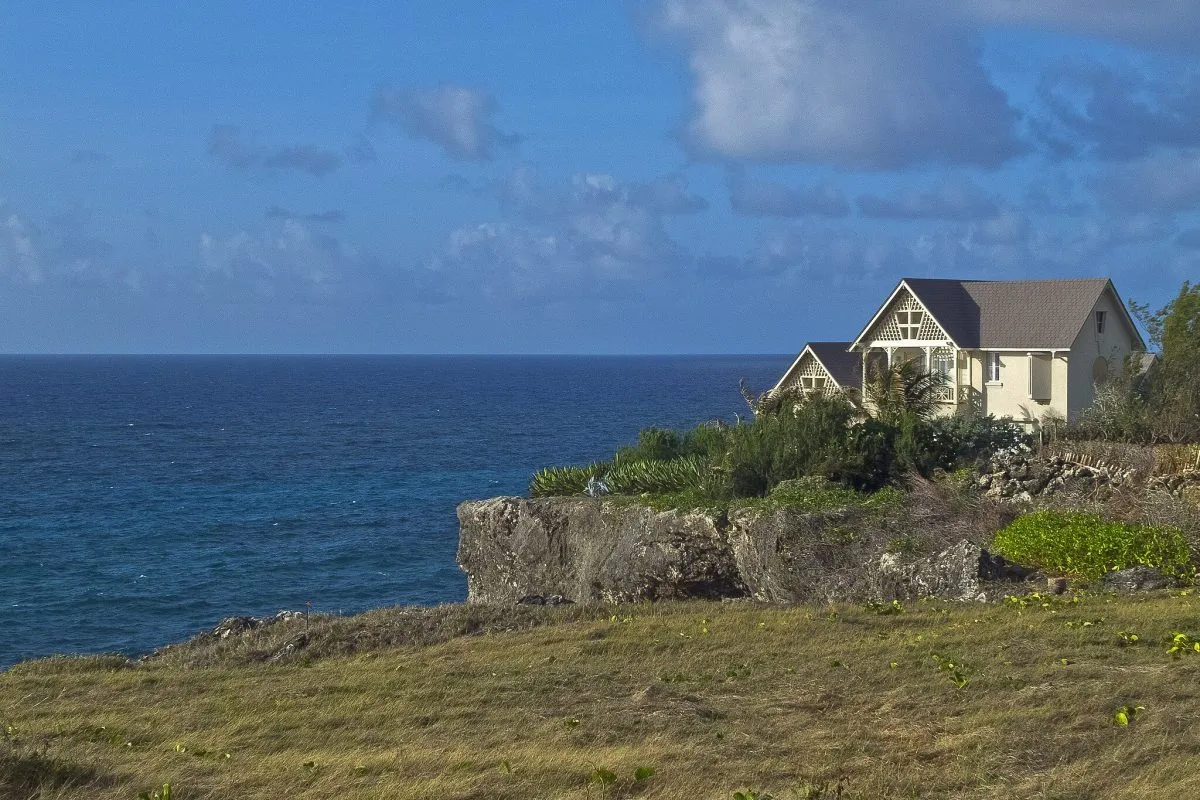An American Autobahn? Texas approves 85 mph speed limit, highest in the U.S.

Skift Take
Texas will soon open a stretch of highway with the highest speed limit in the country, giving eager drivers a chance to rip through a trip between two of the state's largest metropolitan areas.
The Texas Transportation Commission has approved a speed limit of 85 mph for a 41-mile toll road several miles east of the increasingly crowded Interstate 35 corridor between Austin and San Antonio.
"I would love it," Austin resident Alan Guckian said. "Sometimes it's fun to just open it up."
But while some drivers will want to test their horsepower and radar detectors, others are asking if safety is taking a backseat.

An 85 mph speed limit sign is placed on the 41-mile-long toll road in Austin, near the increasingly crowded Interstate between Austin and San Antonio, Texas. Photo AP Photo/Statesman.com, Ricardo B. Brazziell.
"The research is clear that when speed limits go up, fatalities go up," said Russ Rader, a spokesman for the nonprofit Insurance Institute for Highway Safety. He said higher speed limits get people to their destinations faster, "but the trade-off is more crashes and more highway deaths."
A 2009 report in the American Journal of Public Health studied traffic fatalities in the U.S. from 1995 to 2005 and found that more than 12,500 deaths were attributable to increases in speed limits on all kinds of roads.
The study also said that rural highways showed a 9.1 percent increase in fatalities on roads where speed limits were raised, but did not cite specific numbers in those instances.
Most highways in the U.S. top out at 75 mph, and there are no longer any roads in the U.S. with no speed limit. Some highways in rural West Texas and Utah have 80 mph speed limits.
The Texas Legislature last year approved 85 mph limits for some new stretches of road. The strip of toll road running from Austin to Seguin, about 35 miles northeast of San Antonio, will be the first to allow that speed when it opens in November.
The Texas Transportation Commission, which is appointed by Gov. Rick Perry, approved the 85 mph speed limit at a public meeting on Aug. 30. Commissioners would not comment on their decision.
The state contract with the toll operator allows the state to collect a $67 million up-front cash payment or a percentage of the toll profits in the future if the speed limit is 80 mph or lower. At 85 mph, the cash payment balloons to $100 million or a higher percentage of toll revenues.
Texas Department of Transportation spokeswoman Veronica Beyer says "we must continue to look for innovative ways to generate revenue and be good stewards of taxpayer dollars."
Agency officials had previously said they would study the toll road's topography, the speeds that most drivers were reaching, and the safety of access points and cross sections before approving the 85 mph speed limit.
"Safety is our top priority and tests have shown the designated speed is a safe one," Beyer said.
During his daily commute from Round Rock, north of Austin, to his job in San Antonio, Steve Marcy sometimes uses another part of the toll road. The section he drives now has an 80 mph speed limit. Marcy said he'd be comfortable driving 85, but would be concerned about others driving vehicles that are not in good condition.
"A tire blowout (at 85 mph) could be a big hazard," Marcy said.
Chris Lippincott, spokesman for SH 130 Concession Co. that is building the road, said the company is committed to operating a safe highway.
"On any road, drivers hold the key to safety based on traffic, travel conditions and the capabilities of their own vehicles," Lippincott said.
Toll prices have not yet been set for the new section. Marcy predicted the higher speed limit would attract new drivers, but said most may not think it's worth paying the tolls.
"For most people I talk to, it's a cost issue," Marcy said.
![]()




